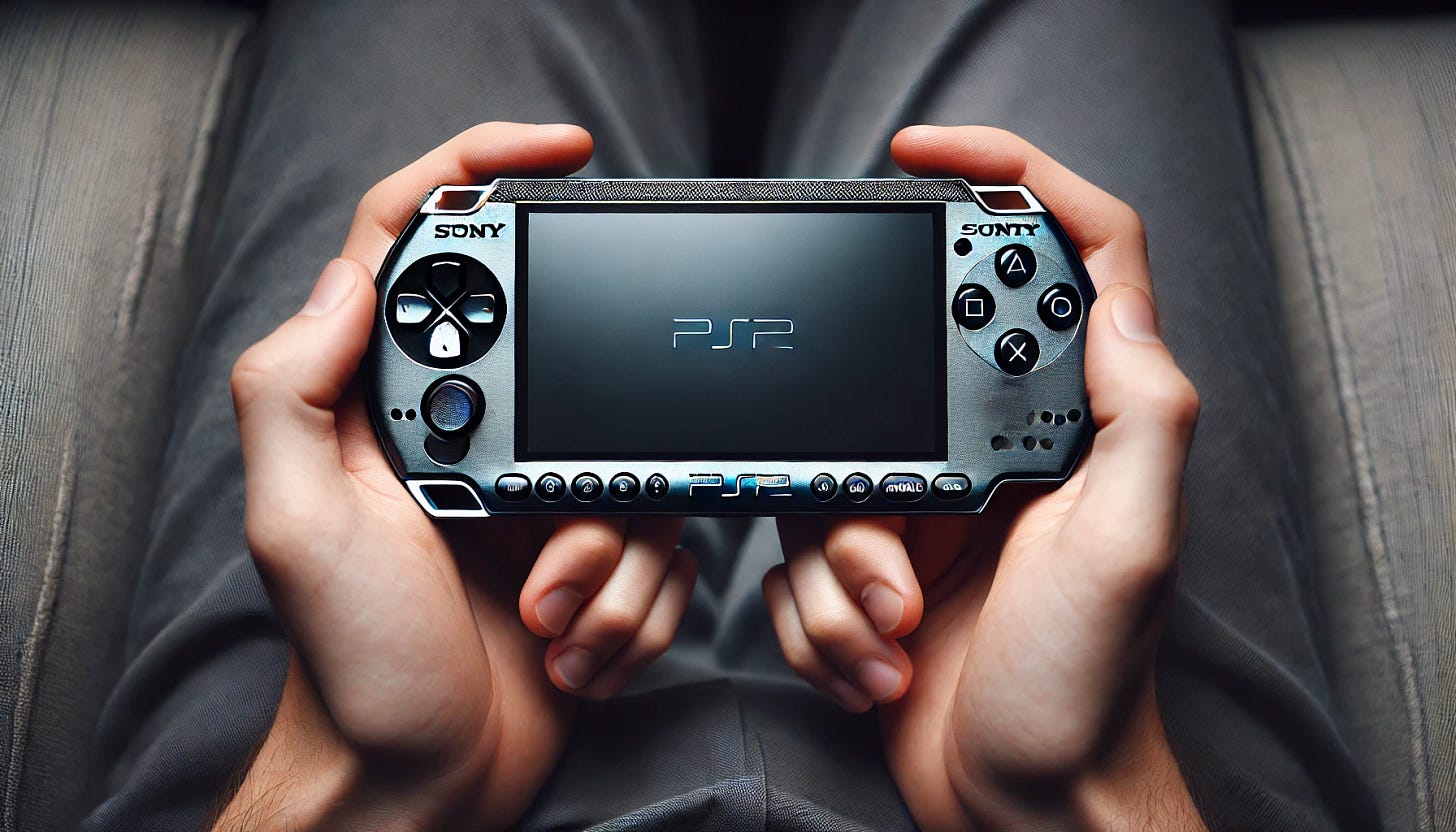PSP 2 specs leak points to a powerful PlayStation handheld from Sony
The next PlayStation Portable won't be a slouch in the graphics department
👀 New hardware details for Sony’s PSP 2 may have leaked
🤔 Reliable AMD leaker KeplerL2 has revealed it could be powered by a brand new AMD APU based on its UDNA architecture with 16 CUs and 32 ROPS
💪 It may also come with 16GB of LPDDR5-9600 memory and an additional 16MB of cache on the chip to deliver a third of the memory bandwidth of a PS5
📆 Other key details, including a release date for the handheld, remain unknown
We're still some way off of a potential new gaming handheld from Sony that might be the PSP 2, but unusually, we've seen some quite detailed potential specs come to light.
According to leaker KeplerL2 – who has a reliable track record for AMD-related information and was first to reveal the PS5 Pro’s specs that were extremely close to the finished product – the processor, or APU, inside Sony’s handheld might be based on a brand new architecture.
To be specific, it might be based on AMD's new graphics architecture known as UDNA, with 16 compute units and 32 ROPs. This makes it similar in principle to the Strix Point Ryzen Z2 Extreme chip inside the Asus ROG Ally Xbox X handheld that has 16 Zen 5 cores, 32 threads and 16 RDNA 3.5 GPU cores, though the architecture would be a generation or two in front and Kepler says the PSP would have "way way way higher perf/CU".
The PlayStation Portable 2 is also rumoured to come with 16GB of LPDDR5X-9600 memory and an additional cache on the processor, with 4MB of L2 cache and, crucially, 16GB of MALL cache that'll deliver a third of the memory bandwidth as the PS5. These measures are designed to help alleviate the existing issues that previous AMD-powered handhelds have had with memory bandwidth in the past that can hamper overall performance.
PSSR for PSP 2
In addition, as much as AMD is sticking with a 128-bit bus for memory rather than a 256-bit option, being based on a 3nm process from TSMC would have the benefit of higher density and efficiency, even though development costs remain expensive at the moment. Given the PSP 2 is likely to be some time away, costs may well come down to make this a possibility.
With the move to UDNA architecture, it may also mean the PSP 2's processor would support AI upscaling, be it AMD's own FSR4 or Sony's PSSR alternative. This is something that KeplerL2 has said, even going as far to note it'd be the only handheld to support the tech until AMD's next generation of Ryzen Z-series chips, which might release in 2029.
If the PSP 2 were to have a 1080p resolution screen, the same as the ROG Xbox Ally models and the Nintendo Switch 2, upscaling would be especially handy. We've already seen DLSS emerge on the Switch 2, and it'd be pleasant if a capable upscaler also made its way to Sony's handheld.
We're still unsure of when Sony’s next handheld might launch or come to fruition, but it may arrive at a similar time to the impending PS6. After all, the CEO of Sony Interactive Entertainment recently revealed that the next generation of Sony consoles was at the "top of mind" for the company. The PSP 2 could launch alongside a brand new Sony console also powered by UDNA architecture, giving players the best of both worlds.
Reece Bithrey is a journalist with bylines for Trusted Reviews, Digital Foundry, PC Gamer, TechRadar and more. He also has his own blog, UNTITLED, and graduated from the University of Leeds with a degree in International History and Politics in 2023.




